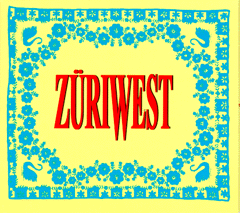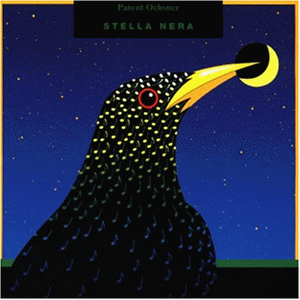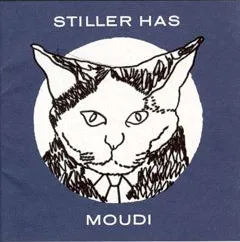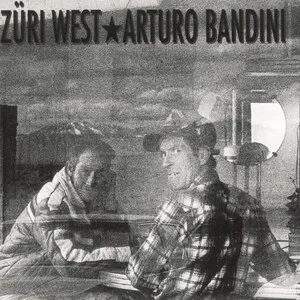
The Bernese dialect scene (Bärndütsch-Szene) is a Swiss music movement centered in the Canton of Bern that foregrounds songs written and performed in the Bernese German dialect.
It spans folk-chanson, rock, pop, and later hip hop, with a strong emphasis on storytelling, everyday imagery, dry humor, and social observation. The dialect itself functions as a musical signature, shaping phrasing, rhyme, and tone in ways that differ from Standard German or English.
Musically, the scene grew from acoustic chanson and folk traditions into full band rock and pop arrangements, and subsequently embraced modern production and rap flows. Its enduring appeal lies in the blend of vernacular authenticity, singable hooks, and a grounded, human perspective on Swiss life.
Bern’s dialect music identity coalesced in the 1960s with chanson-leaning, guitar-based songwriting. Mani Matter became the scene’s poetic blueprint: concise songs in Bernese German that mixed wit, philosophy, and everyday vignettes. His approach anchored the dialect as a serious, expressive medium rather than a novelty.
In the early–mid 1970s, artists like Polo Hofer (Rumpelstilz) brought electric bands and rock energy to dialect lyrics, catalyzing Switzerland’s broader “Mundartwelle” (dialect wave). Bern emerged as a hotspot: the music shifted from coffeehouse intimacy to festival stages, with choruses that invited communal singing and affirmed regional identity.
After the initial wave, Bernese acts refined the formula. Patent Ochsner and Züri West (a Bern band despite the name) popularized lyrically rich, melodic rock in Bernese German, while Stiller Has folded in noir-ish storytelling and urban folk textures. The scene matured, proving dialect music could sustain long careers and diverse aesthetics.
A new generation expanded the palette: Gölä’s mainstream success underscored the commercial reach of dialect rock; Bernese rap and pop (Greis, Steff la Cheffe, Lo & Leduc) brought hip hop rhythms and hooky pop craft to Bärndütsch; indie/electropop outfits like Jeans for Jesus modernized production while keeping dialect narratives at the core.
The Bernese dialect scene remains a living ecosystem spanning folk clubs, rock venues, and major festivals (e.g., Gurtenfestival). It thrives on cross-genre collaboration, steady radio support for dialect songs, and a loyal audience that values linguistic identity, sardonic humor, and melodic accessibility.







